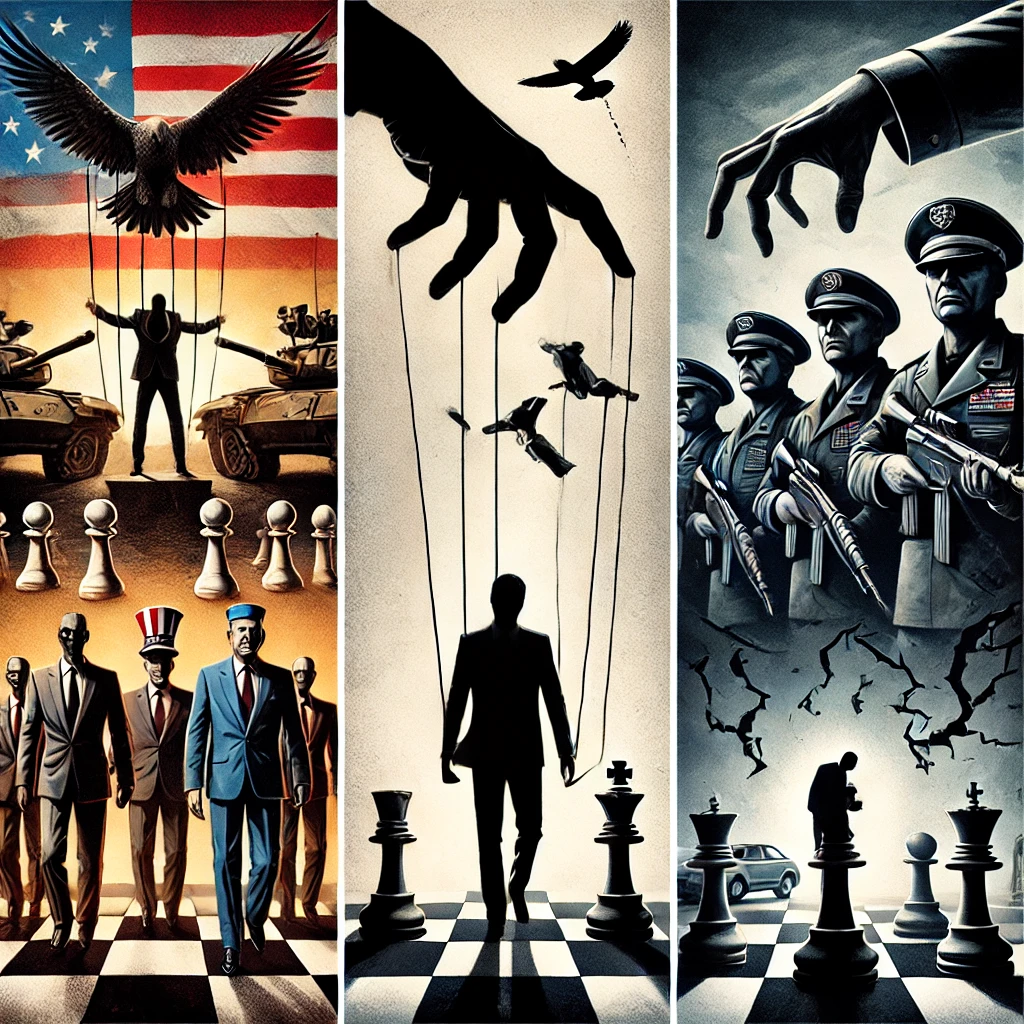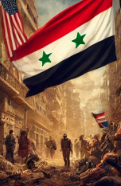The Nawaz Sharif Project – A Political Experiment Gone Wrong
These days, PML-N supporters love to say that the military’s “Imran Khan project” has failed miserably. They think the 2018 elections were rigged in Imran’s favor. But what they don’t understand — or choose to ignore — is that the military’s “Nawaz Sharif project” was an even bigger and longer-running experiment. Unlike Imran, who struggled for 26 years to reach the top, Nawaz was gifted power on a silver platter.
How Nawaz Sharif Was Created

The story of Nawaz Sharif’s political rise is nothing short of remarkable — not because of his talent or political acumen, but because of how carefully the military crafted his journey.
Nawaz wasn’t always a politician. He was just a young man from a business family, more interested in cricket than politics. But in the 1980s, General Jilani, the governer of Punjab and a senior figure in the military establishment, saw potential in him. The potential wasn’t political genius — it was obedience. Nawaz was seen as someone who could be molded, controlled, and used to counter the growing influence of the Pakistan People’s Party (PPP) led by Benazir Bhutto.
One day, General Jilani summoned Nawaz and informed him that he was now the Finance Minister of Punjab. No elections, no campaigns — just like that, Nawaz was handed political power. The military’s plan was simple: create a puppet politician who could weaken the PPP and ensure that the establishment retained its grip on the political system.
It worked — at first. Nawaz followed the script perfectly. He supported the military’s policies, remained loyal to the establishment, and slowly built his political career under their protection. In 1990, he became the Prime Minister for the first time — not because of mass public support, but because the military wanted him there.
The Puppet Breaks Free
The problem for the military was that Nawaz started acting independently. He began questioning the military’s influence over political matters. He demanded more civilian control over national security and foreign policy. His slogan “Vote ko izzat do” (respect the vote) became a direct challenge to the military’s dominance.
The establishment was furious. Nawaz had been created to serve the military’s interests, not to question them. In 1999, General Pervez Musharraf removed Nawaz in a military coup. Nawaz was arrested, charged with treason, and later exiled to Saudi Arabia.
But Nawaz didn’t disappear. He returned to Pakistan in 2007, stronger and more determined. This time, he positioned himself as a champion of democracy — the very thing he had once undermined as the military’s puppet.
The Transformation into a “Democrat”
The irony is hard to ignore. Nawaz Sharif, who was created by the military to weaken democratic forces, was now presenting himself as the face of democracy. He openly criticized the military’s interference in politics and called for civilian supremacy.
How did this transformation happen? It wasn’t because Nawaz had suddenly become a believer in democratic values. It was because the military had abandoned him. After Musharraf’s coup, Nawaz realized that the only way to regain power was to build genuine public support. And to do that, he needed to position himself as a fighter for democratic principles.
And it worked — to an extent. Nawaz returned to power in 2013 after winning the general elections. But the military still held the real power behind the scenes. Nawaz’s government was constantly undermined by the security establishment. He was forced to compromise on key issues, and his relationship with the military remained tense.
In 2017, history repeated itself. Nawaz was disqualified from office on corruption charges — widely believed to have been orchestrated by the establishment. Once again, Nawaz found himself at odds with the very system that created him.
The Nawaz Sharif Project vs. The Imran Khan Project
PML-N supporters often claim that the military’s “Imran Khan project” was a disaster. They point to the alleged rigging of the 2018 elections in Imran’s favor. But the truth is more complicated.
I firmly believe that Imran Khan was winning with a simple majority in 2018. The military didn’t rig the elections to help Imran; they rigged them to prevent him from securing a complete majority. They wanted Imran to remain dependent on alliances and compromises — ensuring that he couldn’t become too powerful or independent.
Unlike Nawaz, Imran Khan’s rise wasn’t engineered overnight. He struggled for 26 years, building his political movement from scratch. Imran wasn’t handed power — he fought for it. The establishment supported him only after it became clear that he had built enough public momentum to win on his own.
In contrast, Nawaz Sharif was a manufactured politician. He was created, guided, and placed into power by the establishment. His entire political career was shaped by the military’s influence. The fact that Nawaz eventually rebelled against the system doesn’t erase the reality that he was a product of that system.
The Legacy of the Nawaz Sharif Project
The failure of the Nawaz Sharif project has had long-lasting consequences for Pakistan’s political landscape. Nawaz’s story exposed the limits of political engineering. You can create a puppet, but you can’t control what happens when the puppet starts thinking for itself.
Today, people are more aware of the military’s role in shaping political outcomes. Imran Khan’s political rise has pulled back the curtain on the establishment’s influence. Nawaz Sharif’s journey from puppet to opponent, and then back to a puppet, has made that influence even more visible.
The Nawaz Sharif project was the original political experiment in Pakistan. The Imran Khan project was just a sequel. The difference is that Nawaz was created, while Imran created himself.
And that’s why the establishment is finding it harder to control the narrative today.
The website this blog is a part of is: https://AwokenNation.net
See my other website: https://TheNationHasAwoken.com for many other blogs



Comments
Post a Comment